Empowering the Analyst: Indicators of Compromise
Successfully assessing the threat conditions of an enterprise network is becoming an increasingly complicated task as attackers constantly adapt their tools and use new techniques to evade detection. Security analysts and enterprise IT managers need to stay vigilant and maintain a robust view of what they’re protecting. They have the hard task of collecting small and disparate clues that cumulatively indicate if an attacker has compromised their network—these clues are also known as Indicators of Compromise (IoC). Specifically, they are pieces of forensic data that can help analysts recognize malicious activity on a network. Spotting and handling these IoCs can help prevent the attacker from doing any lasting damage.
These guidelines for identifying and handling IoCs are particularly useful for businesses that:
- face serious compliance requirements or are subject to standards or regulation that state that data must be monitored or managed
- have a substantial on-site IT infrastructure of any kind—even mid-market businesses or small businesses
- have servers containing data critical to the business or highly sensitive data
- own and operate a data center
Like it? Add this infographic to your site:
1. Click on the box below. 2. Press Ctrl+A to select all. 3. Press Ctrl+C to copy. 4. Paste the code into your page (Ctrl+V).
Image will appear the same size as you see above.
- The Next Phase of Cybercrime: Agentic AI and the Shift to Autonomous Criminal Operations
- Reimagining Fraud Operations: The Rise of AI-Powered Scam Assembly Lines
- The Devil Reviews Xanthorox: A Criminal-Focused Analysis of the Latest Malicious LLM Offering
- AI Security Starts Here: The Essentials for Every Organization
- Agentic Edge AI: Development Tools and Workflows

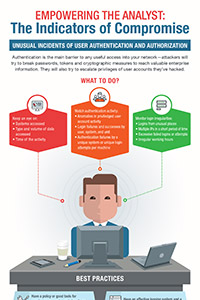
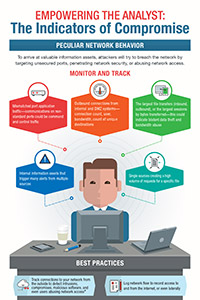
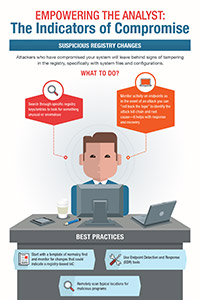
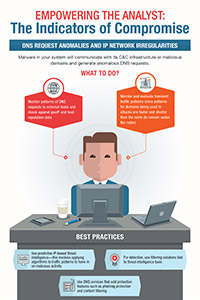
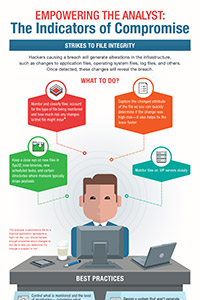
 Complexity and Visibility Gaps in Power Automate
Complexity and Visibility Gaps in Power Automate AI Security Starts Here: The Essentials for Every Organization
AI Security Starts Here: The Essentials for Every Organization Ransomware Spotlight: DragonForce
Ransomware Spotlight: DragonForce Stay Ahead of AI Threats: Secure LLM Applications With Trend Vision One
Stay Ahead of AI Threats: Secure LLM Applications With Trend Vision One